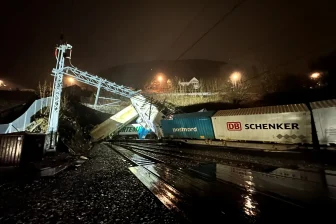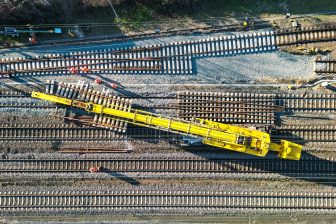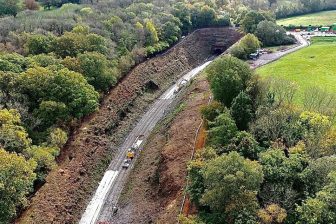Second branch of Dutch freight corridor point of debate
A second branch of the Dutch rail freight corridor the Betuweroute is no longer a point of discussion, according to the new Dutch government. It is no longer a question of ‘if it should be realised’, but rather ‘how’, they say, but there is also resistance one a regional level.
Want to read more?
You have read all of your free premium articles for this month. Please become a subscriber to keep reading.
Subscribe now!
Take advantage of our exclusive offer to get full access to all premium content.




Some kind of map would have improved the article. I miss information where the corridor would lead to in Germany.